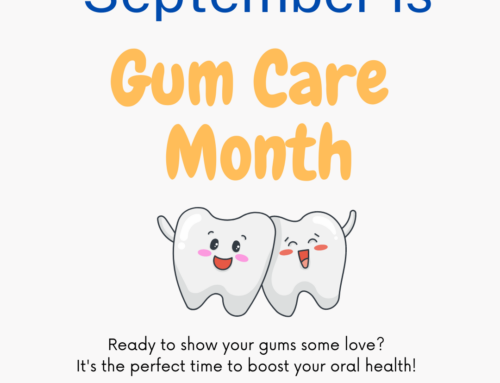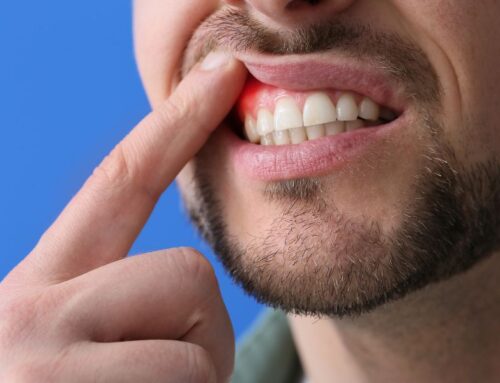

Brushing your child’s teeth is one of the easiest and most effective ways to keep them cavity-free. However, which type of toothbrush to use, whether an electric or manual version, is a question frequently asked by parents.
Manual and electric toothbrushes are both effective at preventing cavities and gingivitis. The American Dental Association states that both manual and electric toothbrushes can be equally effective at removing plaque and helping prevent gum disease and cavities. Which type to use then depends on your own personal preferences as well as several other factors. Some children think that electric toothbrushes are more fun and exciting than manual toothbrushes which can facilitate better brushing habits. For children who are less apt to brush frequently or effectively or who have difficulty brushing with a manual toothbrush, an electric toothbrush may be easier or more comfortable to use and promote better compliance. Also, many electric toothbrushes have built-in timers to help your child brush for the appropriate amount of time. Electric toothbrushes are more expensive than manual brushes, however, and it can often be difficult to find replacement brush heads.
Manual toothbrushes can be just as effective as the electric versions. They clean teeth and remove plaque and food debris just as well when used with the proper technique and for the desired amount of time. Some children may like manual toothbrushes better because the vibration of electric brushes can be over-stimulating and bothersome. Modern-day manual toothbrushes also have improved design features that promote better technique and plaque removal.
Regardless of which type you decide to use, choose a toothbrush that is specifically designed to fit your child’s small hands and mouth that has a large handle to help them control the toothbrush. The American Academy of Pediatric Dentistry recommends using only soft-bristled toothbrushes. Replace your child’s toothbrush every 3 months (or sooner if the bristles are fraying or are damaged.)
Starting at birth, clean your child’s gums with a soft infant toothbrush or cloth and water. As soon as the teeth start erupting, brush twice daily using fluoridated toothpaste and a soft, age-appropriate sized toothbrush. Use a smear of toothpaste to brush the teeth of children 2 years of age and younger. For 3 to 6 year old children, use a pea-sized amount of toothpaste and help your child with their brushing. Young children don’t have the ability to brush their teeth as effectively as adults and require assistance to clean their teeth properly. Position the toothbrush bristles at a 45-degree angle to the gumline, and with both manual and electric brushes, gently move the toothbrush back and forth against the teeth and gums using short strokes. Children are encouraged to brush twice daily (after breakfast and before bedtime) and floss once per day (preferably before bed.) Children need to spit out all excess toothpaste after brushing.
Ultimately, a manual or electric toothbrush will provide your child with a happy and healthy smile. Proper brushing technique and frequency of brushing are the most important factors. The best toothbrush for your child is whatever one they are mostly likely to use.
Call us today to set up a pediatric dentist appointment for your child(ren), call us at 775-376-7914.
Contact
Phone | (775) 376-7914
Email | info@salafamilydentistry.com
Hours
| Mon - Fri | 7:00am – 5:00pm |
| Saturday | 7:00am - 3:00pm |
| Sunday | Closed |
Location





